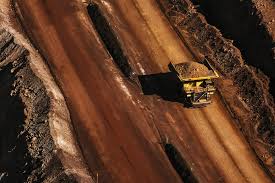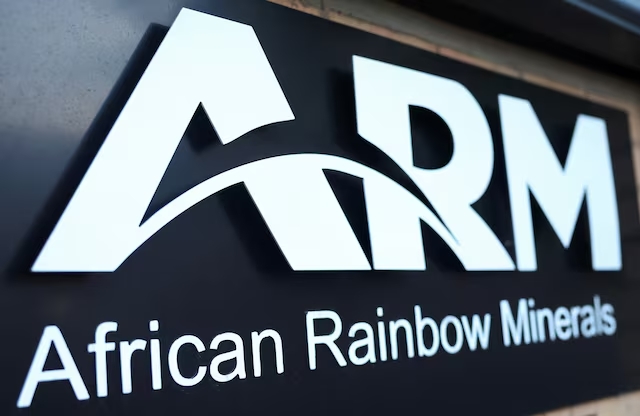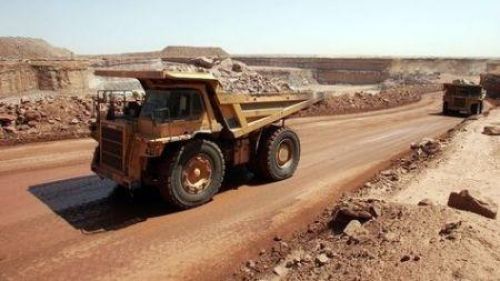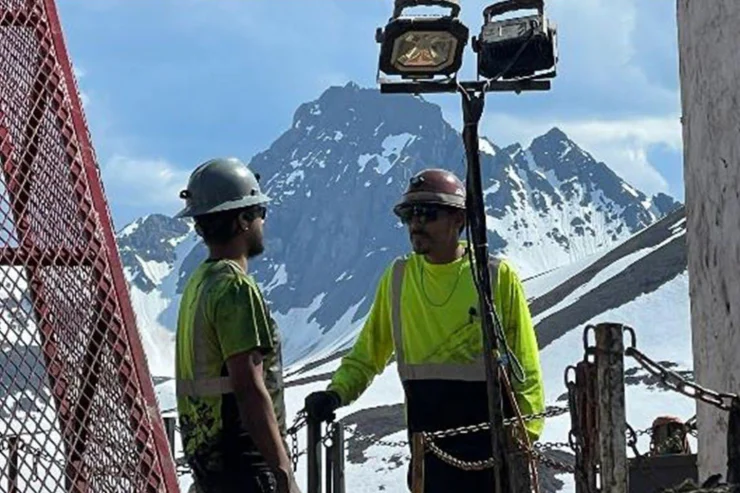Mining

Lessons from Hilo gold mine tragedy: A safer, sustainable future for Kenya

The closure of the Hilo gold mine in Marsabit marks a defining moment for Kenya’s mining sector.
Once a vital source of income for artisanal miners, the mine tragically became a symbol of the risks of unregulated resource extraction.
Frequent accidents, environmental harm, and the lack of safety measures ultimately led to its shutdown.
Yet, the closure brings an opportunity to reflect and rebuild. What lessons can Kenya take from this tragedy to reshape artisanal mining into a safer, more sustainable industry that benefits people and the planet? This presents a call to action for geologists, engineers, and policymakers to take the lead.
Marsabit County’s gold lies in loose, soft soils known as alluvial deposits, formed over centuries by rivers and erosion.
Unlike the stable rock formations of hard-rock mining, alluvial deposits require digging pits and tunnels into unstable ground. Without knowledge of soil behaviour or tools to secure tunnels, miners at Hilo operated in dangerous conditions.
The risks multiplied during heavy rains, as water soaked into the soil, weakening tunnel walls and triggering deadly collapses.
The lack of geological planning at Hilo turned mining into a hazardous gamble. Simple interventions could have saved lives.
Reinforcing tunnels with timber or steel supports, stabilising slopes, and implementing proper drainage systems would have made operations much safer.
Tools like ground-penetrating radar, used by geologists, could have mapped out safer mining zones. Engineers, too, could have designed practical solutions to secure tunnels and manage water drainage. However, these essential measures were absent, leading to repeated tragedies.
Despite these dangers, artisanal mining remains a lifeline for thousands of families in regions like Marsabit, where formal jobs are scarce. According to the Kenya Chamber of Mines, artisanal miners contribute 60 percent of the gold production.
This underscores the sector’s economic importance and the pressing need for oversight. Artisanal mining will continue harming people and the environment without proper regulation, safety measures, and technical training.
The future of artisanal mining in Kenya lies in formalisation. Licensing miners, enforcing safety regulations, and providing access to technical training can transform the sector. Geologists and engineers can guide miners to gold-rich and safer zones.
The future of mining in Kenya must be built on collaboration, responsibility, and innovation—a future where safety and sustainability are at the heart of every operation.
At the same time, engineers can teach them how to reinforce tunnels and prevent collapses. Cleaner, mercury-free technologies must be introduced to reduce environmental damage and safeguard public health.
Kenya now stands at a crossroads. The closure of Hilo Gold Mine serves as a stark reminder of the consequences of neglecting safety and sustainability. A coordinated partnership between government agencies, engineers, geologists, and local communities is critical.
Together, they can establish a mining industry that protects lives, conserves natural resources, and creates lasting economic opportunities.
Mining stakeholders must also prioritise the rehabilitation of closed mines like Hilo. Backfilling open pits, restoring vegetation, and repairing degraded land are essential to healing the environment. Geologists and engineers have a crucial role in ensuring that the scars left by unregulated mining are replaced with thriving ecosystems.
Hilo Gold Mine’s closure is not an end but a new beginning for Kenya’s artisanal mining sector. The lessons from Hilo demonstrate that mining can be safe and sustainable with proper oversight, engineering expertise, and geological knowledge.
By investing in training, technology, and environmental restoration, Kenya can protect its people, preserve its land, and unlock the full potential of its resources.












